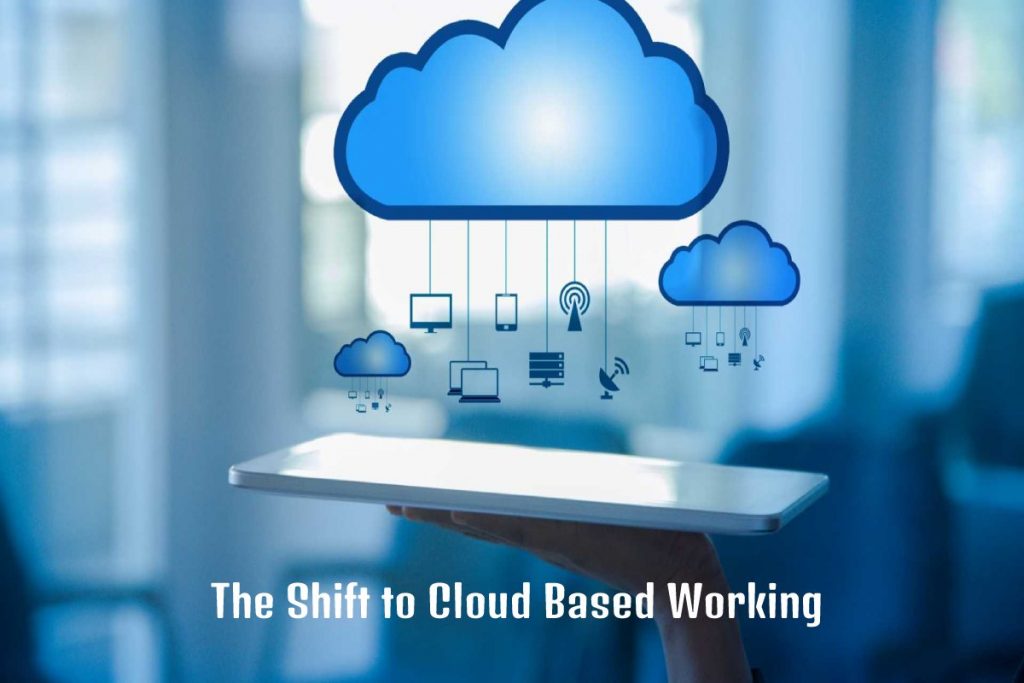The Shift to Cloud Based Working – In recent years, cloud technology has scaled up rapidly, becoming available to a greater variety of users than ever before. In the past, most small businesses did not have access to the quality of IT infrastructure they do today.
The shift to cloud computing was already growing as a trend, but this transformation picked up pace enormously thanks to the pandemic. Suddenly faced with a distributed and remote workforce, companies responded to the pressure to adapt their systems essentially overnight. According to the CEO of Microsoft, about two years of transformation in digital business infrastructure occurred in just two months in 2020.
This increasing adoption of cloud technologies by businesses is also visible through recorded changes in IT spending. Spending forecasts project that cloud system infrastructure spending will continue to rise in the next year or two, while spending on traditional data centre systems is down.
Therefore, businesses are reallocating money away from many types of traditional IT products and services and toward cloud-based systems. But just what is the cloud? And what are the possible gains that seem to be fueling this shift?
Table of Contents
What Is Cloud Computing?
Cloud computing means storing your data and applications on the internet rather than local hard drives. Your cloud service provider might store your information on a dedicated server in a data centre. Another possibility is that your cloud service works by distributing your data across multiple locations.
What Are the Benefits of Shifting to the Cloud?
Increased Security
Compared to on-premises IT infrastructure, shifting to the cloud offers significantly enhanced security benefits. That is because cloud service providers have made enormous investments towards creating highly secure and reliable data centres.
According to Liquid Web, “Cloud security architecture is a framework of all hardware and software needed to protect information, data, and applications processed through or within the cloud. There are a variety of cloud computing frameworks such as public clouds, private clouds, and hybrid clouds. All clouds need to be highly secured so [that] valuable data and information won’t be at risk.”
Reduced Risks and Hassle
Switching to the cloud means outsourcing both hardware and software responsibilities that you would otherwise have with an on-premises system. Doing so not only provides superior protection against viruses and malware but reduces the risk of data loss overall. Because your files are stored on the internet and not a local PC, you do not need to be concerned with losing vital data should your PC or local server fail for any reason.
Efficiency Increase
The increased connectivity and sharing capabilities of users, no matter their locations, improve efficiency and collaboration within organizations.
Prepared for the Future
Aside from the migration to cloud computing, industry analysts see other game-changing disruptions in tech on the horizon. An example would be the transition to ever greater integrations of AI. Companies with cloud capabilities may be the best equipped to adjust to this dynamic and unpredictable future environment.
How to Get Started
To get dedicated server hosting on the cloud for your business, all you need to do is find a reputable cloud service provider. From there, your provider can walk you through the steps necessary to get your cloud services set up and running quickly.
